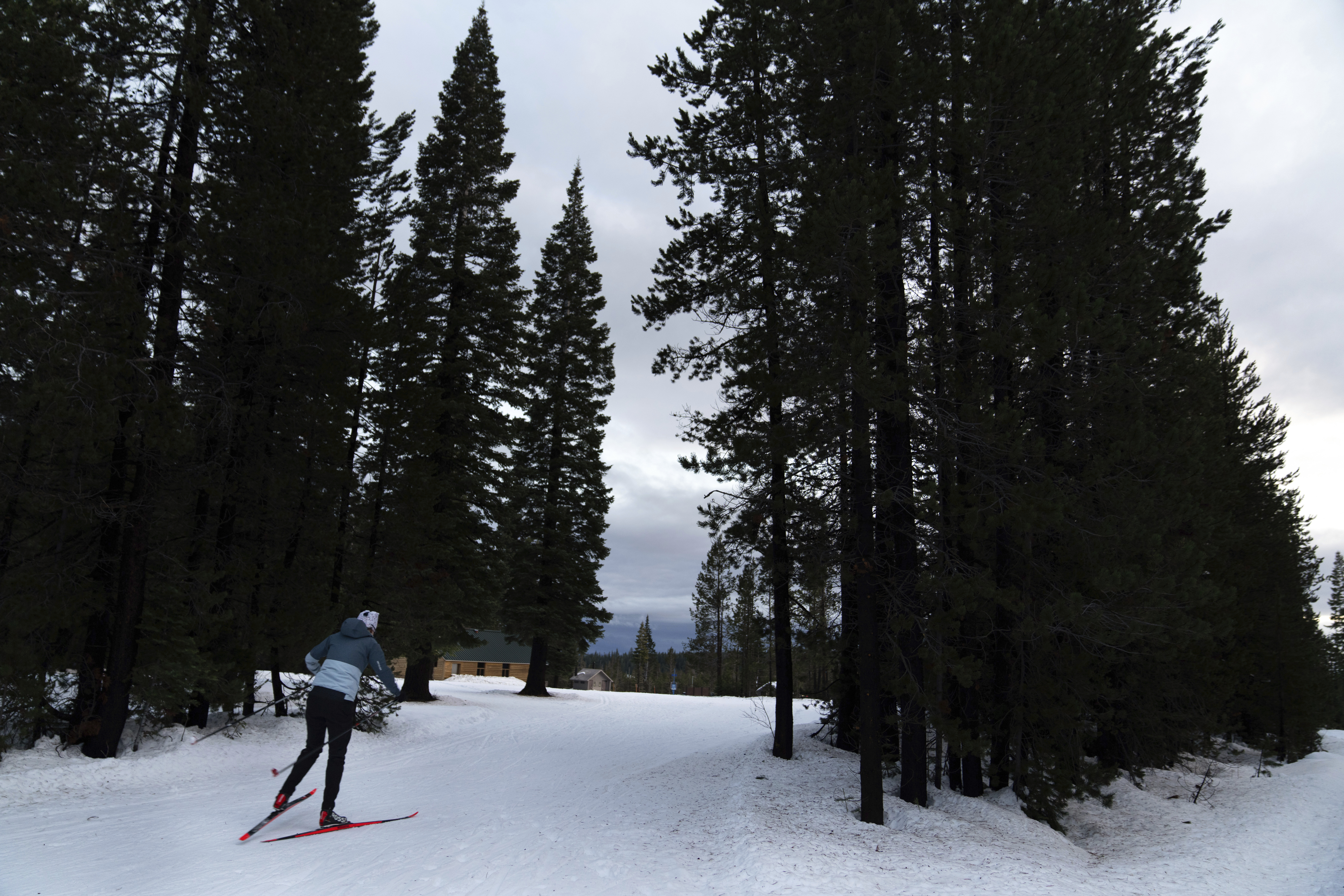
Winter is feeling a lot less chilly, creating a headache for companies that rely on subzero temperatures.
The number of days at or below 0C (32F) is dwindling in the Northern Hemisphere, according to the nonprofit Climate Central. More than one third of countries analyzed lost one week’s worth of freezing days — on average — over the past decade, including the vast majority of European nations and more than half of the states in the US.
Warmer days may come as a welcome reprieve for those who endure freezing winters, but the trend is troubling as higher temperatures impact everything from sports to drinking water and even seasonal allergies.
ALSO READ: Climate scientists warn Nordic ministers of changing Atlantic Ocean current
“On the one hand, it feels like a huge relief from the brutal winter temperatures,” says Kristina Dahl, Climate Central’s vice-president for science. “On the other hand, take half a step back and think about why that day is happening, and it’s kind of a nightmare.”
Many European countries experienced more than two extra weeks above 0C, on average, over the past decade, including Germany and Belgium, according to the report. In the US, a slew of states in the Northeast including New Jersey, Connecticut and Massachusetts had at least 10 additional days above freezing a year. Business owners who rely on cold weather for income are already feeling the pain.
Brian Fairbank, who chairs the company that owns Jiminy Peak Mountain Resort in Hancock, Massachusetts, has been in the industry for more than five decades. Last season was one of his worst, he says, as revenue dropped 73 percentin March alone after an abnormally balmy and rainy month. The losses put the property in the red for the whole season.
“I've been here for 55 years, I’ve never seen a March like that,” Fairbank said. “Climate change makes it more challenging.”
READ MORE: World Court to open climate change hearings
Companies are learning to adapt, though. Sean Hayes — owner of the southernmost ski area in New England, Powder Ridge Mountain Park & Resort, in Middlefield, Connecticut — wasn’t able to open the slopes before Christmas most years until purchasing a high-powered snowmaking machine for more than $1 million. This season, the slopes opened on Black Friday.
“It’s certainly going to become more of a challenge,” he said. "You will see over the next 10 years, every ski area will have supplemental snow factories for critical trails on the mountain.”
The warmer weather also has an effect on the water supply, according to the report, especially in the Western US where cities rely on mountain snow to fill reservoirs. A temperature increase of 1C can shrink the amount of water stored in snow in early spring by 20 percent, a 2018 study found.
A later fall freeze and earlier spring thaw also extends the run of seasonal allergies, as pollen-producing plants have more time to grow. And crops including fruits and nuts can be exposed to frost as the growing season shifts, which damages their production.
ALSO READ: COP29 ends with ray of hope by putting meat on the bone of global climate finance
“There are all kinds of consequences to having warmer temperatures in the winter,” Dahl said. “They can vary in different places depending on what the culture is and what the economy is.”
The group’s analysis examined data from 123 countries in December, January and February over the past decade, using a Climate Central tool to determine what temperatures would have been in a world without climate change. The study has not been peer-reviewed, but it relies on methods that have been.


